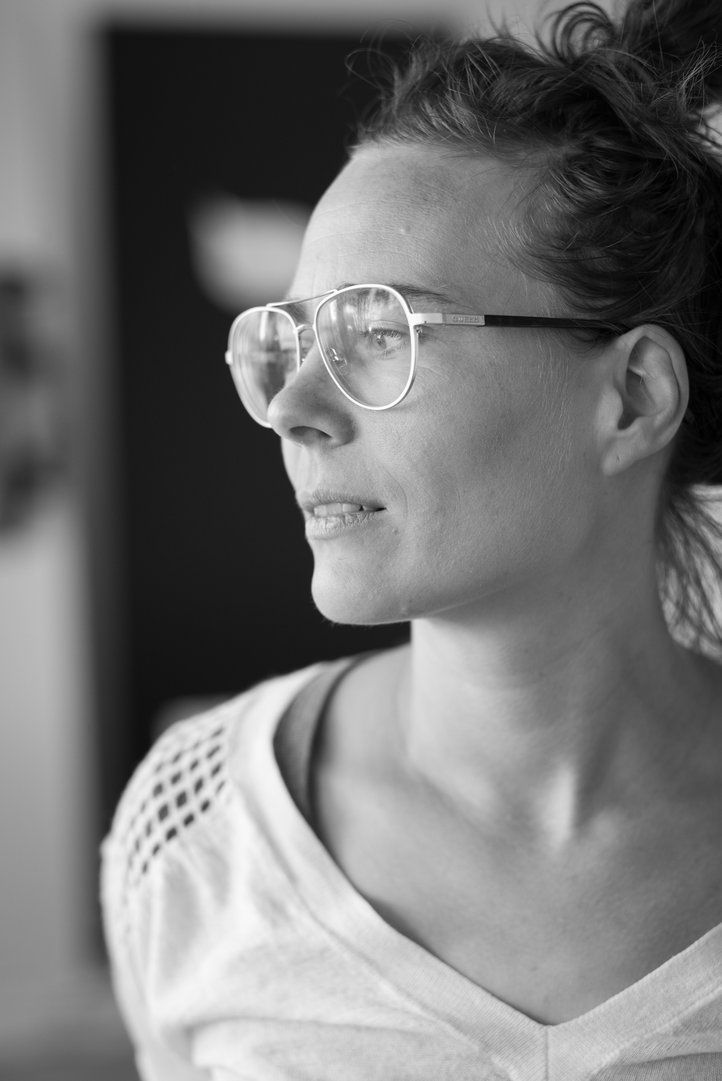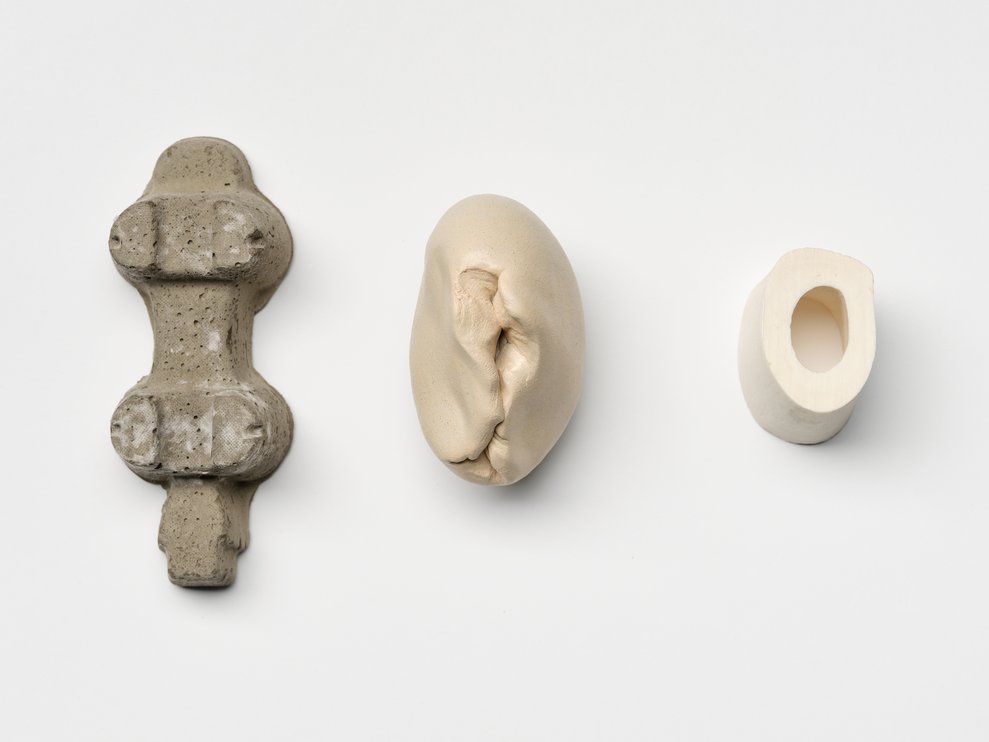A relaxed pub atmosphere and lots of entertaining science in an entertaining 30 minutes, followed by the opportunity for an exchange between the audience and the scientists. This is the concept of “Science goes public!” This year, the HfK Bremen is also taking part again - with student Sarah Lüdemann (Beauham) from the PhD program of the Faculty of Art and Design. She will be speaking on April 3, 2025, from 8:30 pm, at the Capri Bar, Fehrfeld 35. With its golden pleasure grotto, the former brothel is a popular spot in the district's Bermuda Triangle. Admission is free.
The starting point of the lecture will be Adonis - a body, standardized and idealized. That was the logic of classical Greek sculpture, as a representation of the ancient self. And now? Lüdemann is now researching modularized sculpture as a representation of contemporary identities. In other words, she is working on a construction kit full of individual parts that can be used to create human bodies.
“Basically, this modularization is not a contemporary phenomenon,” says Sarah Lüdemann, ”but its relevance as a concept and method has increased significantly in Western society in recent decades due to significant shifts in production, sustainability and individualized consumption. Modularization in relation to the human body, both biologically and symbolically, has undergone phenomenal technological and biotechnological developments. However, our great fascination with the construction of bodies is accompanied by an equally strong sense of revulsion, horror and rejection. Recall the fabulous story of the Frankenstein monster. The question of what it means to be a “whole” human being and whether identity is innate or constructed persists to this day and accompanies current debates on cybernetics, genetic engineering or body modification as well as contemporary discourses on cultural identity, artificial intelligence or transhumanism. This gives rise to questions about the nature of the body. What defines it? What does it stand for, or what does it represent? And how is all this expressed in the visual arts? With my PhD project I am researching practically and theoretically into sculptural means of expression that feed on contemporary identities and have modularity as a core aspect. Can montage be a way to represent our contemporary human complexities or do assembled parts always evoke a sense of the monstrous and the uncomfortable? Does modular sculpture demonstrate the crisis of humanity or its progress?”

